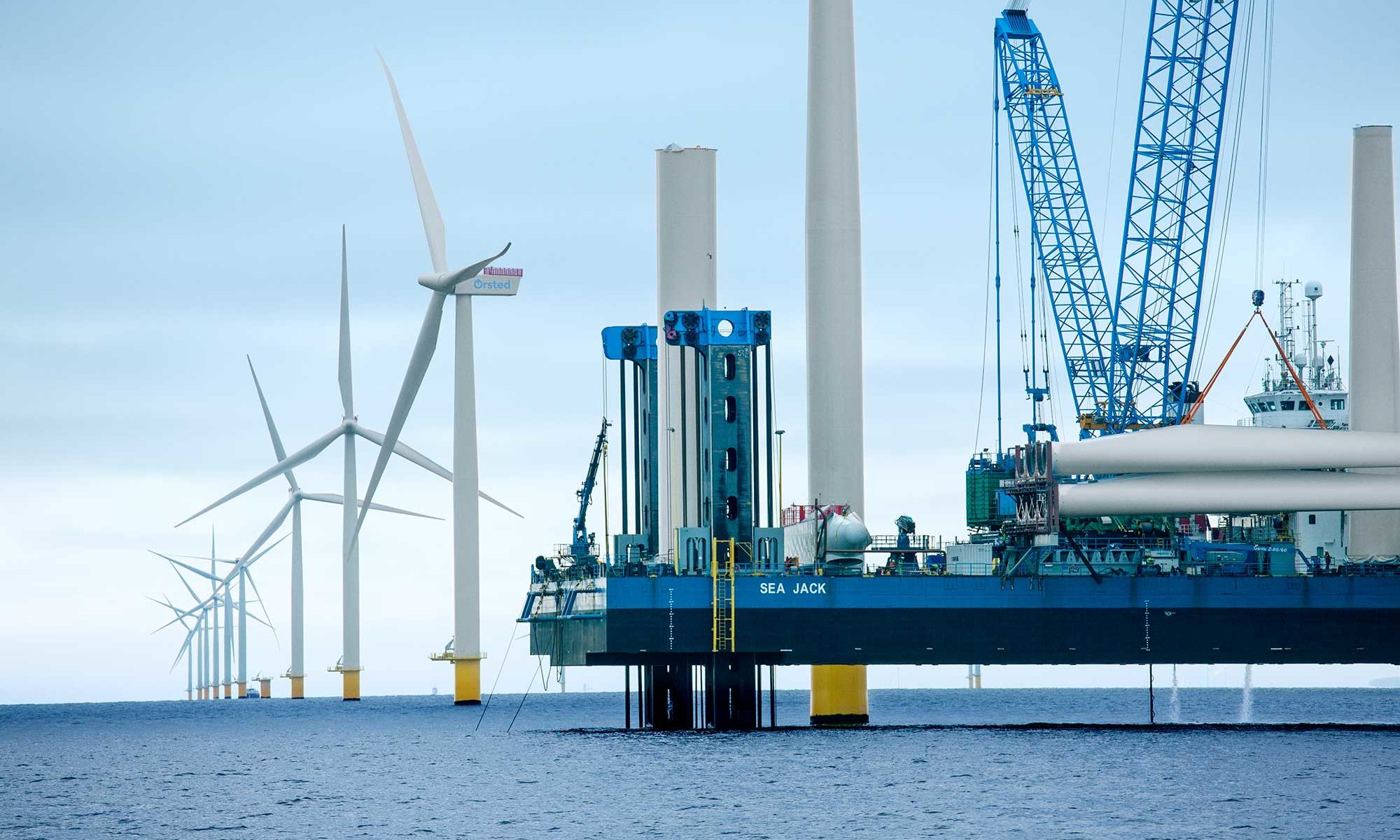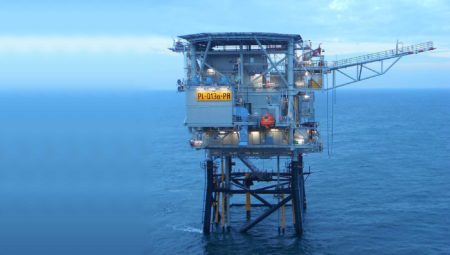Ørsted stated this in ‘SeaH2Land’, an ambitious vision for sustainable hydrogen production, which was presented this week. The major industrial companies in the region – ArcelorMittal, Yara, Dow Benelux and Zeeland Refinery – support the SeaH2Land vision and the development of the necessary regional infrastructure to make the production of steel, ammonia, ethylene and fuels sustainable. In doing so, they help the Netherlands and Belgium to accelerate the reduction of CO2 emissions in order to achieve targets for 2030 and beyond.
The SeaH2Land vision includes a sustainable hydrogen production facility (electrolyser) of 1 GW by 2030, developed by Ørsted. When completed, it will be able to supply approximately 20% of today’s hydrogen demand.
With 580,000 tonnes per year, the North Sea Port cluster is currently one of the largest hydrogen production and off-take locations in the world. The hydrogen demand in this cluster could increase to 1,000,000 tonnes by 2050, the equivalent of approximately 10 GW of electrolysis capacity.
Ørsted wants to connect the 1 GW electrolyser directly to an additional 2 GW offshore wind farm in the Dutch Exclusive Economic Zone in the North Sea, which has already been designated for offshore wind farms.
The industrial players in the region, united in Smart Delta Resources (SDR), will work together with the grid operators to develop a regional, open-access pipeline network of about 45km in the North Sea Port area, from Vlissingen-Oost in the Netherlands to Ghent in Belgium.
Regional network
According to this plan, the GW electrolyser will be connected to the envisaged regional hydrogen network. This will connect the large-scale consumption and production of hydrogen in the cluster. Yara, in consortium with Ørsted, and Zeeland Refinery have each previously announced medium-scale production of sustainable hydrogen at their factory sites. Dow has been exporting hydrogen to Yara since 2018 through the first gas pipeline successfully converted for hydrogen. The network needs to be expanded in the short term to the south towards ArcelorMittal and to the north, under the Westerschelde, towards Zeeland Refinery.
This expansion is a crucial link in creating a unique regional ecosystem for the exchange of sustainable hydrogen. By using it in the production of ammonia, chemicals and steel, a substantial CO2 reduction can be achieved and a significant contribution is made to the European Green Deal.
The cluster also wants to expand the 380 kV high-voltage network to meet the electrification needs of industry south of the Westerschelde estuary. This will make the region even more of an energy hub.
Phased expansion
The first phase of SeaH2Land (500 MW of electrolysis capacity) can be developed as soon as the policy frameworks are in place and the envisaged regional hydrogen network is ready. The second phase of SeaH2Land (upscaling to 1 GW) depends on the connection to the national hydrogen infrastructure, which will provide access to the necessary flexibility and storage.
The parties involved are now discussing the necessary policy frameworks with the government and will carry out a feasibility study. The SeaH2Land ambition fits in well with the hydrogen roadmap that Smart Delta Resources (the association of industrial companies in the region) has developed for the region and is supported by the provinces of Zeeland and East Flanders.
In January 2021, Ørsted has won the election of the world’s most sustainable energy company for the third time in a row.
Image: Building an offshore windturbine park in Anholt DK/Ørsted



